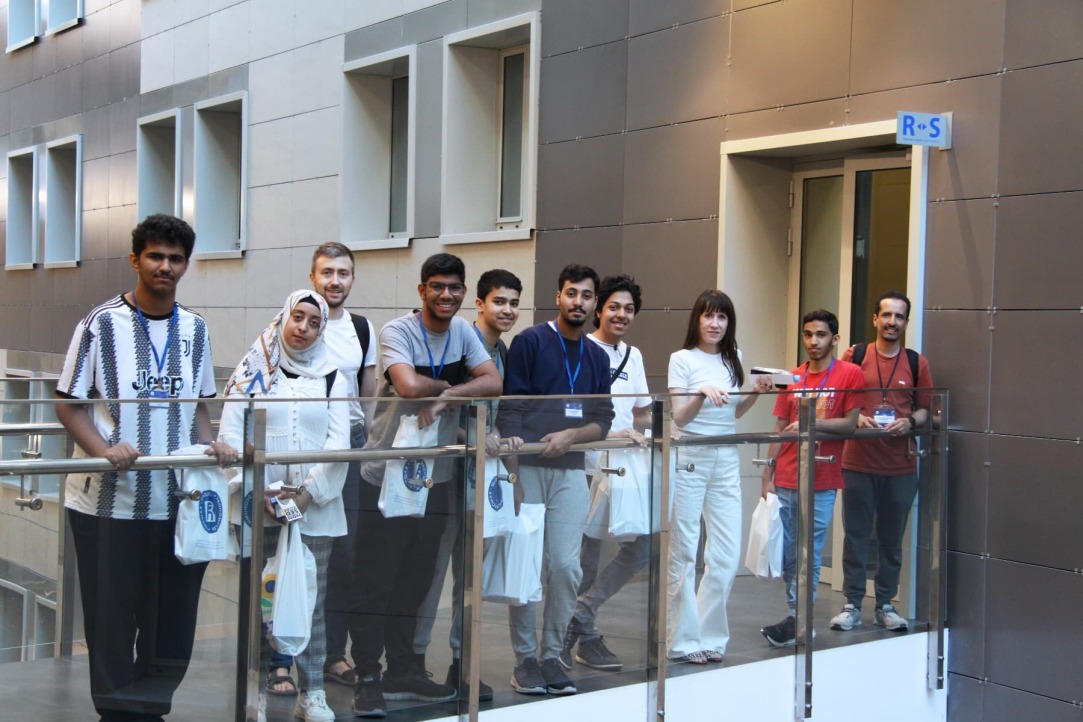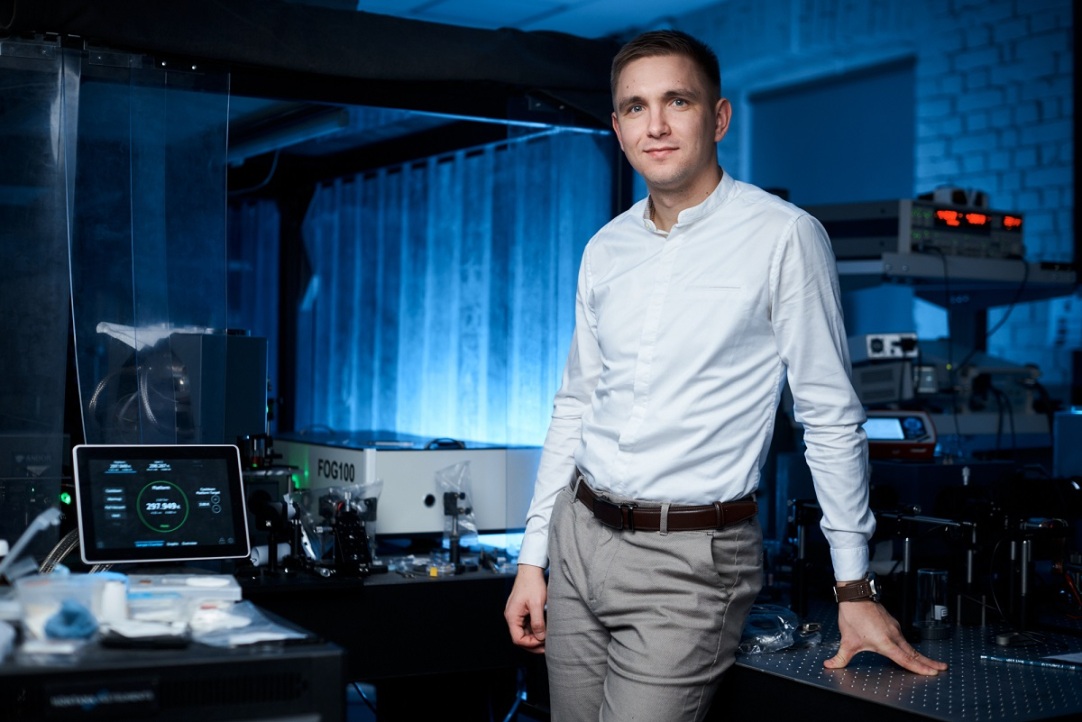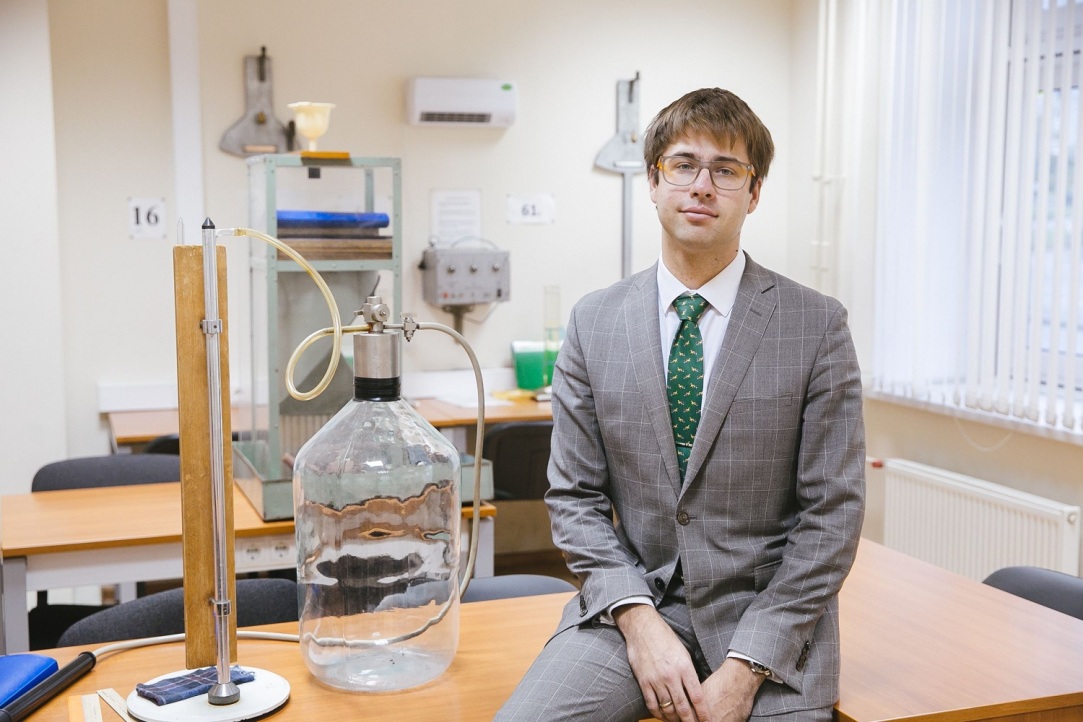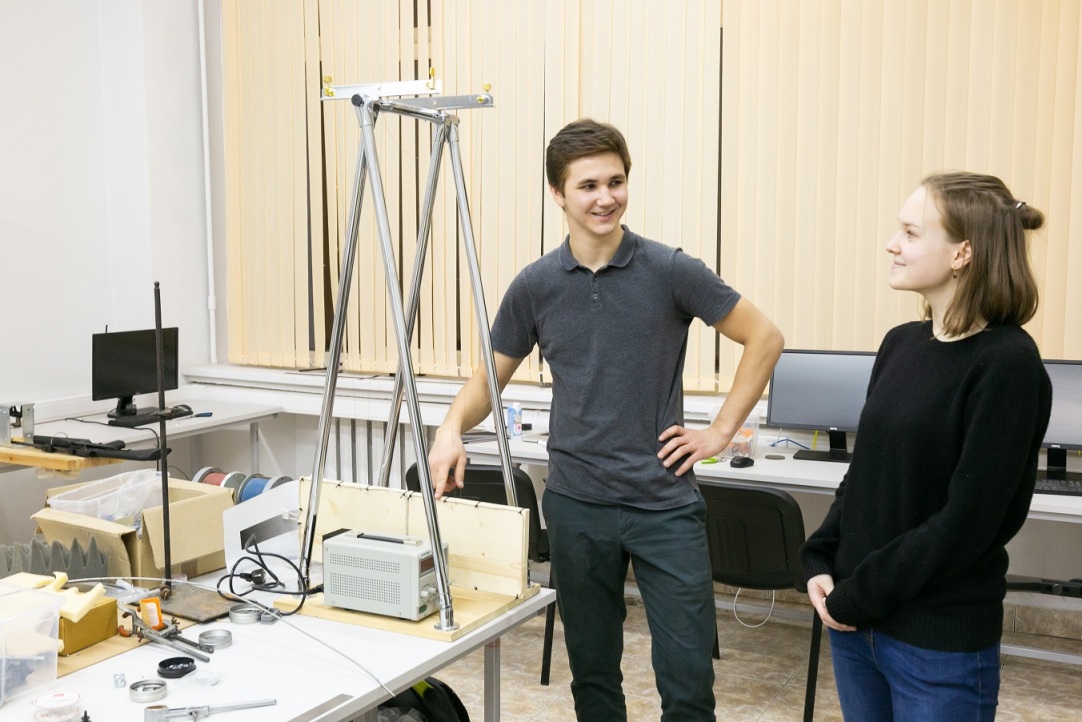
Operation of Cellular Networks Found Similar to Bacteria Growth in Petri Dish
Scientists at the HSE Laboratory for Computational Physics have developed a new model for analysing communication networks that can significantly enhance the speed of mobile communications. To achieve this, the researchers used computational physics methods and phase transition models. It turns out that the functioning of cellular networks is in many ways similar to the growth of surfaces in physics. The study was performed using the HPC cHARISMa cluster at HSE University. The study findings have been published in Frontiers in Physics.

The Saudi Arabian National Team, Medal Winners at the International Physics Olympiad, Trained at HSE University
At the recent International Physics Olympiad (IPhO 2024) in Iran, students from Saudi Arabia achieved the best results in their country's history, winning one silver and three bronze medals. The team from the Kingdom made their first visit to Russia to receive their final training at the HSE Faculty of Physics.

'I've Always Been Keen to Engage in Experiments and Operate Scientific Instruments'
During his early years at university, physicist Ivan Makhov worried that he might be dismissed, but today he is heading a study supported by a grant from the Russian Science Foundation. In this interview with the HSE Young Scientists project, he shares his work experience using a closed-loop cryostat, his dream of conversing with Einstein, and favourite location in his hometown of St Petersburg.
.jpg)
‘Two Interdisciplinary Research Centres Can Create New Synergy between Themselves’
In mid-June 2024, HSE University and the Joint Institute for Nuclear Research in Dubna held a joint working meeting. This meeting was the first under an agreement signed by the research centres in 2024, when HSE University and JINR agreed to jointly participate in experiments of the NICA megascience project, as well as interact in the field of theoretical and mathematical physics, information technology, and personnel training. These issues were the focus of the first working meeting. Details are in the JINR report.

‘I Aspire to Make a Contribution Comparable to Prometheus' Gift to Humanity'
Egor Sedov initially planned to pursue a career in programming but instead became captivated by experimental physics. In this interview with the HSE Young Scientists project, he spoke about the quantum effect and the quantum standard, a scientist's letter from the future, and the magnetic levitation of a frog.

Russian Scientists Pioneer Accurate Mathematical Description of Quantum Dicke Battery
Physicists at HSE University and NUST MISIS have formulated and solved equations for a quantum battery, a device capable of storing energy in the form of light. Their findings will facilitate precise calculations of the capacity, power, and duration required for optimal battery charging. Quantum batteries are expected to improve the performance of solar panels and electric vehicles, while also opening up new avenues for efficient energy transfer. The study has been published in Physical Review A.

Scientists Harness 'Liquid Light' to Induce Electric Current in Superconductors
Scientists at HSE MIEM have induced a superconducting current using 'liquid light,' or excitonic polaritons, which are hybrid particles formed by interaction between light and matter and possess the properties of both light and material particles. The ability to manipulate an electrical system through an optical one can be valuable in the development of technologies such as quantum computers. The study has been published in Physical Review B.

Physicists Explain Transition Between Different Types of Superconductivity
Physicists from HSE MIEM in collaboration with colleagues from MIPT and other universities have formulated a theory capable of explaining the transition between different superconductivity types, revealing an intertype regime characterised by exotic magnetic properties. This discovery can serve as the foundation for the development of sensors with enhanced sensitivity and accuracy, capable of functioning in conditions where traditional sensors are less effective. The study has been published in Communications Physics.

'Unconventional Thinking Can Be Cultivated through Competitions Like Physics Tournaments'
Last week, university students from all over the country came to HSE University for the All-Russian Student's Tournament of Physicists. The tournament took the form of battles in which teams tackled physics problems while taking turns in the roles of speakers, opponents, and reviewers. Based on the competition results, the combined team 'Volume Dependence' emerged as the winner and will participate in the upcoming international tournament in Zurich.

HSE University to Host All-Russian Student's Tournament of Physicists for the First Time
The All-Russian Student's Tournament of Physicists is a competition in which teams of students from different universities offer their solutions to problems and defend them before rival teams. The HSE University Faculty of Physics traditionally participates in the organisation of the competition and task development. This year, on February 13–17, the tournament will be held at HSE University for the first time. It will include two rounds—the qualifiers and the final. In the final round, three teams and their captains will compete with each other.

